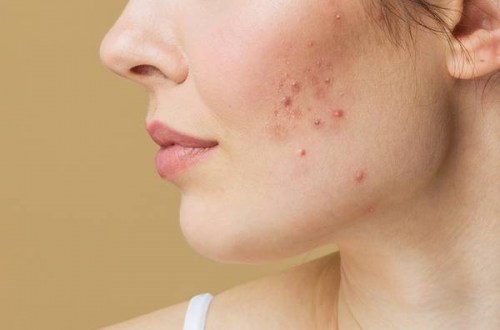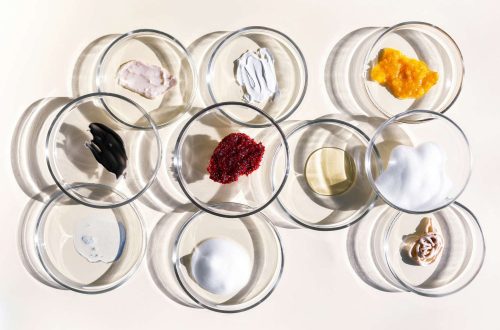How Should You Treat Photoaging?
Photoaging, or sun-damaged skin, is a condition that occurs due to prolonged exposure to UV radiation from the sun or artificial UV light sources. It can cause premature aging of the skin, leading to various signs such as wrinkles, fine lines, and pigmentation changes. However, with proper precautions and treatment, photoaging can be prevented or minimized.
Protecting the skin from UV radiation is important by using sunscreen, wearing protective clothing, seeking shade, and avoiding tanning beds. Regular skin checks and consult a healthcare provider for appropriate treatment options can also help manage sun-damaged skin and maintain healthy skin.
Photoaging is usually diagnosed based on the appearance of the skin and a history of sun exposure. A dermatologist or healthcare provider may physically examine the skin and use a special magnifying instrument called a dermatoscope to assess the extent of sun damage. They may also ask about the patient’s medical history, including any history of skin cancer or sun exposure habits. Sometimes, a skin biopsy may be performed to confirm the diagnosis or rule out other skin conditions.
Treatment of Photoaging
The treatment options for photoaging may vary depending on the severity of the condition and the patient’s individual needs. Some common treatment options include:
Topical creams and lotions: Retinoids, antioxidants, and other topical creams and lotions may be prescribed to help improve the texture and appearance of sun-damaged skin. These products help reduce the appearance of wrinkles, fine lines, and pigmentation changes.
Chemical peels involve applying a solution to the skin that exfoliates the outer layer, revealing newer, healthier skin underneath. Chemical peels can help improve the texture and tone of sun-damaged skin.
Sun protection: The most important aspect of treating and preventing further sun damage is protecting the skin from UV radiation. This includes wearing protective clothing, using a broad-spectrum sunscreen with a high SPF, seeking shade during peak sun hours, and avoiding artificial UV light sources like tanning beds.
Prevention of Photoaging
Preventing sun damage is crucial in minimizing the risk of developing photoaging. Some preventive measures that can be taken include:
Sunscreen: Apply oad-spectrum sunscreen with a high SPF (30 or higher) to all exposed skin, including the face, neck, arms, and legs, before going outdoors. Reapplying every two hours and after swimming or sweating.
Protective clothing: Wear protective clothing such as wide-brimmed hats, long-sleeved shirts, and sunglasses to shield the skin from harmful UV radiation.
Seeking shade: Avoid prolonged sun exposure during peak hours (10 a.m. to 4 p.m.) and seek shade whenever possible, especially during sunny days.
Avoid tanning beds: Avoid the use of tanning beds or sun lamps, as they emit harmful UV radiation that can damage the skin.
Regular skin checks: Performing regular self-skin checks and consulting a dermatologist or healthcare provider for regular skin screenings, especially if there is a history of skin cancer or sun damage.
` Staying hydrated by drinking plenty of water can help keep the skin hydrated and healthy, reducing the risk of sun damage.
:


